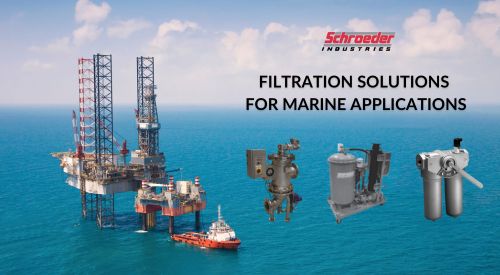Sizing actuators is not rocket science, but it is an exact science. The consequence of under-sizing or over-sizing the actuator to a valve application has the potential to create a catastrophic failure of a valve, a failure of the process associated with the valve or in the worst case, loss of life or capital equipment. To get our readers on the same page, let us start with an understanding the basics:
Torque and how it applies to the actuator is a very important concept in sizing. Torque (rotational force) refers to the manufacture’s published valve torque that must be exceeded by the actuator to open/close the associated valve when operating at the maximum allowable or known operating pressure differential. It is important to know that the pressure differential, or pressure drop between the inlet and outlet of the valve, will have an impact on the amount of torque required to operate the valve. It is also important to acknowledge that manufacturers will include in the published valve torque, a SAFETY FACTOR. The safety factor is additive (percentage beyond) to the actual required torque to operate a value that considers manufacturing tolerances from one valve to the next, unknown application variables, and wear throughout the valve’s lifecycle.
When sizing actuators, torque measurements are usually defined in Nm (Newton-meters), In.-lbs. (inch-pounds), and Ft.-lb. (foot-pounds) at a specific hydraulic working pressure defined by the actuator manufacturer.
A few conversions are expressed below to help anyone involved in Actuator sizing:
1 Nm = 8.85 in-lbs. / 1 Nm = 0.74 ft-lbs. / 1 Bar = 14.5 PSI
In this blog we will look at two circumstances, under-sizing, and over-sizing of an actuator.
Under-sizing may result in a valve not opening fully or not closing fully. When the required percent open or percent closed is not achieved the associated process may fail to operate as designed.
Over-sizing the actuator can result in one of two serious operational concerns:
- Deformation or catastrophic failure of the valve stem. This occurs when the actuator torque exceeds the valve’s M.A.S.T. or maximum allowable stem torque.
- Damage to the valve seat which ultimately may lead to the valve leaking.
Neither deformation of the stem or valve seat damage will necessarily happen the very first time that the valve is over torqued by an over-sized actuator, but over time damage is likely to occur, thus reducing the lifespan of the valve.
When gathering torque requirements, it is important to know if the application requires a double or single acting actuator. Double acting actuators utilize pressure to both open and close the associated valve. Typically, double acting actuators are used in fail-last-position applications. Therefore, if open upon failure of the system, the valve remains open; if closed, the valve remains closed. Single acting actuators use pressure to open and a spring force to close the valve. Fail open or fail closed are both options, however, fail closed is the most prevalent.
In a double-acting application, the break torque to open and break torque to close torque values are required. In a single-acting or fail-safe application, the following torques need to be known: break torque to open, end open torque, break torque to close, and end closing torque. Please keep in mind that the amount of safety factor in each of the torques provided must be taken into consideration in order to properly size the actuator.
To gain a better understanding of working pressure, which was previously mentioned, let us quickly look at the relationship between supplied working pressure to the actuator and torque output. This relationship is important to understand because the working pressure can be different from application to application.
FIGURE 1

Referencing Figure 1 above, with a double acting actuator, the relationship between supplied working pressure and torque output is direct. As working pressure increases, the output torque does as well. The actuator opens and closes the valve with equal force.
FIGURE 2

Referencing Figure 2 above, with a single-acting or failsafe actuator, the relationship between supplied working pressure and torque output is indirect. Regardless of the supplied working pressure, the piston still has to work against the spring; therefore, the torque output decreases as the spring compresses. Also, as you can see in the torque chart, the spring does not return or close the actuator with the same force that it was opened with; the force of the spring continues to decrease as it is decompressed.
When sizing actuators, it is important to know the critical operating criteria to avoid over or under sizing actuators. Most importantly, you want to avoid prematurely failing remotely operated valves. In conclusion, sizing actuators is not ROCKET SICIENCE, but it is an EXACT SCIENCE.




